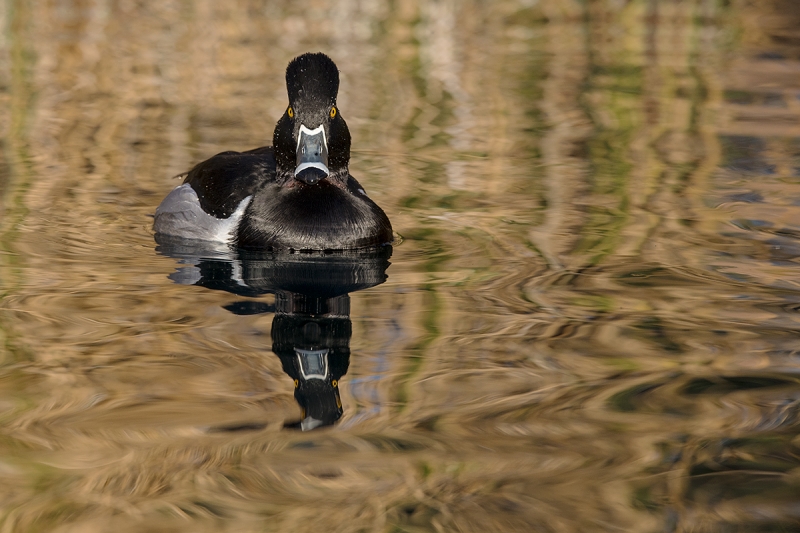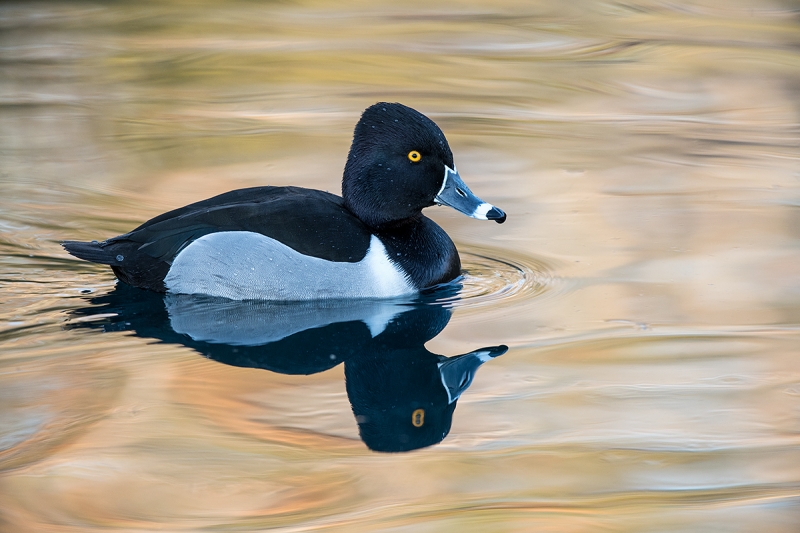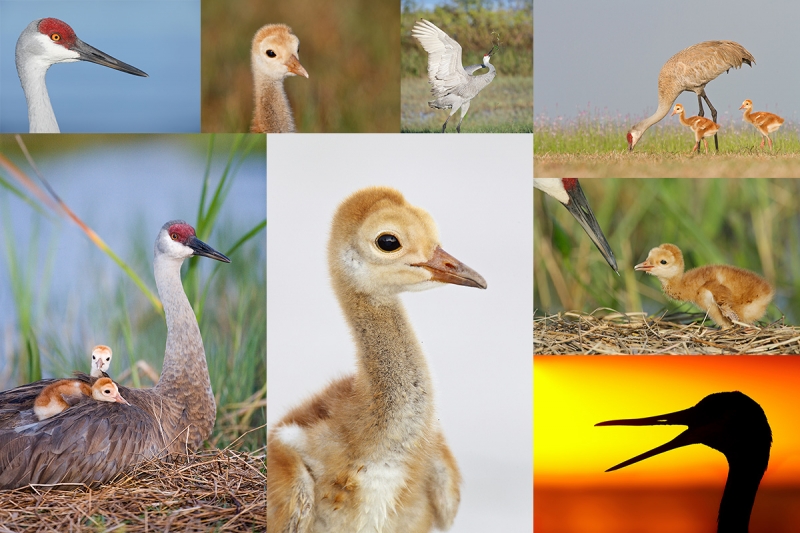Stuff
On Friday there was a clear sunrise with zero wind and perfect reflections everywhere. Just not many close birds. So I experimented at 1200mm with my 600 f/4/TC-E20/D850 combo on sleeping avocets. I tried focusing with Live View, turning AF off, setting the 5-second timer, and pressing the shutter button. Then it was a too-long nap for me.
The Streak
Today makes two hundred fifteen days in a row with a new educational blog post! This one took about 30 minutes to prepare. With all of my upcoming free time (or not…), the plan right now is to break the current record streak of 480 … Good health and good internet connections and my continuing insanity willing.
The Used Gear Page
Action on the Used Gear Page recently has been fantastic. You can see all current listings on the Used Photo Gear page here.
Booking.Com
Several folks on the Spoonbill IPTs used the Booking.Com link below and got great rates and saved a handsome $25.00 in the process. If you too would like to give Booking.Com a shot, click here and to earn a $25 reward on your first booking. Thanks to the many who have already tried and used this great service.
Gear Questions and Advice
Too many folks attending BAA IPTs and dozens of folks whom I see in the field, and on BPN, are–out of ignorance–using the wrong gear especially when it comes to tripods and more especially, tripod heads… Please know that I am always glad to answer your gear questions via e-mail. Those questions might deal with systems, camera bodies, accessories, and/or lens choices and decisions.
|
|
|
This image was created on the afternoon of Thursday, March 2, 2018 at the Gilbert Water Ranch Riparian Preserve in Phoenix, AZ. I used the Induro GIT 304L/Mongoose M3.6-mounted Nikon AF-S NIKKOR 600mm f/4E FL ED VR lens, the Nikon AF-S Teleconverter TC-14E III, and the Nikon D850. ISO 400. Matrix metering -1 stop as originally framed: 1/1000 sec. at f/7.1 AWB (AUT02) at 5:40pm in very late afternoon sunlight. Center d-9 upper shutter Button AF with the selected AF point was on the bird’s right upper breast on the same plane as the duck’s eye. Focus Peaking micro-adjustment: +4. (Please see and carefully read Nikon Focus Fine-tune Guide item below). Click on the image to see a larger version. Ring-necked Duck in late afternoon light |
In the Sun
Of those created in the sun on Thursday afternoon, this was my favorite. We figured things out very late in the day. I am 100% positive that there are some spectacular images of ring-neckeds in the sun at this particular location. I just have not made them quite yet. Note the exposure compensation in the sun: -1 stop. Why was that much negative EC needed?
|
|
|
This image was also created on the afternoon of Thursday, March 2, 2018 at the Gilbert Water Ranch Riparian Preserve in Phoenix, AZ. I used the Induro GIT 304L/Mongoose M3.6-mounted Nikon AF-S NIKKOR 600mm f/4E FL ED VR lens, the Nikon AF-S Teleconverter TC-14E III, and the Nikon D850. ISO 800. Matrix metering 2/3 stop as framed: 1/160 sec. at f/6.3. AWB (AUTO2) at 6:03pm in the shade. Center d-9 upper shutter Button AF; the selected AF point was on the base of the duck’s neck slightly behind but on the same plane as the its eye. Focus Peaking micro-adjustment: +4. (Please see and carefully read Nikon Focus Fine-tune Guide item below). Click on the image to see a larger version. Image #2: Ring-necked Duck in the shade |
In the Shade
Once the sun dipped behind the trees and buildings to the west we were left to raise the ISO and work with slower shutter speeds. The Ring-necked Duck images took on a totally different look. Note the correct exposure compensation for Image #2: +2/3 stop. Compare that with the EC in Image #1 and see if you learn anything …
Your Favorite?
Which of today’s featured images do you like best? Be sure to let us know why. I have a very clear favorite and will share it with you here soon along with my reasons.
Another Exposure Math Quiz
How many stops different was the sun exposure (Image #1) from the shade exposure (Image #2)?
Please Note
I have been getting lots of e-mails below on qualifying for a free Nikon D850/D5 Focus Fine-tune Guide (should I ever actually get started on and finish it). “I once met you in San Diego; do I qualify for a free guide? I bought your micro-adjusting guide; do I get a free copy of the Nikon D850/D5 Focus Fine-tune Guide? Please read the item below before e-mailing as it clearly states the qualifications for getting the guide for free 🙂
The Nikon D850/D5 Focus Fine-tune Guide
I hope to be working on a Nikon D850/D5 Focus Fine-tune Guide while I am in Phoenix. There is lots of mis-information out there on Nikon Automatic AF Fine-tune. Working with Patrick Sparkman, we perfected a method of using the Focus Peaking feature available only on the D850 to quickly and accurately micro-adjust all of your lenses and TC-Es with your D-850. Both Nikon Automatic AF Fine-tune and D850 Focus Peaking AF Fine-tune require a LensAlign Mark II kit. If you know for sure whether the very popular Nikon D500 DSLR Camera (Body Only) (or any other of the newer Nikon dSLRs) offer Automatic AF Fine-tune.
Folks who purchase a Nikon D850, a Nikon D5 DSLR Camera (Body Only, Dual XQD Slots), or any Nikon gear totaling more than $2,000 will receive the new guide free. I hope to have it finished in three weeks but don’t hold me to it 🙂
|
|
Early Spring Photo Opportunities at ILE |
BIRDS AS ART first-ever Master Classes
Master Class Session 1. Two Full and two Half Days/Friday afternoon, March 16 through lunch on Monday, March 19, 2018: course fee: $1,999. Limit: 4/openings:3
Master Class Session 2. Two Full and two Half Days/Friday afternoon, March 30 through lunch on Monday, April 2, 2018. Limit: 4/openings:3
The Master Classes will be small groups — strictly limited to four photographers — with the first folks who register having the option of staying at my home ($50/night) or at a chain motel in nearby Lake Wales. Live, think, and breathe photography from Friday afternoon through lunch on Monday (late-morning); all meals included. There will be three afternoon photo sessions (FRI – SUN) hopefully with glorious sunsets like the ones you saw one the blog in December we should have good opportunities with the cranes even in the afternoon. We will enjoy three morning photography sessions (SAT – MON) with the main subjects being tame Sandhill Cranes almost surely with chicks or colts. Also vultures and Cattle Egrets and more. Limpkins are possible. Intermediate telephoto lenses are fine for the cranes, even the chicks at times. A 500 or 600mm lens would be best for many of the situations that we will encounter.
During the day we will sit together around my dining room table and pick everyone’s keepers and enjoy guided Photoshop sessions. On Monday before lunch, folks can make a single large print of their favorite image from the weekend. If you so choose, I will micro-adjust one of your lenses (at one focal length with your #1 camera body–Canon or Nikon) during a group instructional session. All will be welcome to practice what they have learned during the breaks using my set-up and my lighting gear.
To register, please first shoot me an e-mail to check on availability. Then you will be instructed to call Jim or Jen at 863-692-0906 during weekday business hours (except for Friday afternoons) to leave your non-refundable (unless the session sells out) $500 deposit. Only the deposit may be left on credit card. Balances must be paid by check immediately after you register (unless you wish to pay by credit card plus 4% to cover our fees).
I hope that you can join me on this new adventure.
with love, artie
ps: bring your bathing suit if you would like to try my pool!
Help Support the Blog
Please help support my (stupendous) efforts here on the blog by remembering to click on the logo link above each time that you shop Amazon. That would be greatly appreciated. There is no problem using your Prime account; just click on the link and log into your Prime account. With love, artie
If In Doubt …
If in doubt about using the BAA B&H affiliate link correctly, you can always start your search by clicking here. Please note that the tracking is invisible. Web orders only. Please, however, remember to shoot me your receipt via e-mail.




Please Remember to use my Affiliate Links and to Visit the New BAA Online Store 🙂
To show your appreciation for my continuing efforts here, we ask, as always, that you get in the habit of using my B&H affiliate links on the right side of the blog for all of your photo and electronics purchases. Please check the availability of all photographic accessories in the New BIRDS AS ART Online Store, especially the Mongoose M3.6 tripod head, Wimberley lens plates, Delkin flash cards and accessories, and LensCoat stuff.
As always, we sell only what I have used, have tested, and can depend on. We will not sell you junk. We know what you need to make creating great images easy and fun. And please remember that I am always glad to answer your gear questions via e-mail.
I would of course appreciate your using our B&H affiliate links for all of your major gear, video, and electronic purchases. For the photographic stuff mentioned in the paragraph above, and for everything else in the new store, we, meaning BAA, would of course greatly appreciate your business. Here is a huge thank you to the many who have been using our links on a regular basis and those who will be visiting the New BIRDS AS ART Online Store as well.
Be sure to like and follow BAA on Facebook by clicking on the logo link upper right. Tanks a stack.
Typos
In all blog posts and Bulletins, feel free to e-mail or to leave a comment regarding any typos or errors. Just be right :).

















stops different:
ISO 400 to 800 = +1 stop
Aperture 7.1 to 6.3 = +1/3
Shutter 1/1000 to 1/160 = + 2 2/3 stops
Total = +4 stops
I guess I should have looked at Bob’s response. So, I change mine to “I totally agree with Bob!”
Promise, I didn’t copy….
Correction; 4 full stops. (neglected the change in aperture)
Change in ISO from 800 to 400 = 1 stop
f-stop from 7.1 to 6.3 = 1/3
shutter speed from 1/1000 to 1/160 = 2 2/3
Total 4 stops
Hope I got it right this time!
3 2/3 stops.
Hey Arthur, -1 stops to save the whites on the bill. The second one is my favorite nice reflection and the painterly water is nice. I believe 4 stops is the difference.
Artie: I prefer image 2, but both are great. Image 2 is a bit less busy, and the water and reflection are just stunning.
Image 2 is a bit more than 7 and 1/2 stops more exposed than image 1. Let’s do the accounting.
ISO. Image 1 ISO 400, image 2 ISO 800; 1 stop. (ISO isn’t really exposure, it’s sensitivity, but we’ll call it exposure for this exercise.)
Shutter speed. Image 1 1/1000 sec, image 2 1/160 sec, 6 1/4 stop.
Aperture. Image 2 f/7.1, image 2 f/6.3, 1/3 stop.
Add them up and you get a bit a bit more than 7 1/2 stops. That’s a lot!
Typo: Under the heading “In the Shade,” the third sentence begins with “Not” instead of “Note.”
So I made a typo above; under “aperture” I meant “Image 1 f/7.1, image 2 f/6.3, 1/3 stop.” Doesn’t affect the arithmetic, though.
My bad; the TV (shutter speed) difference is about 3 1/2 stops, so the total is about 4 3/4 stops. 🙁
Image #1 is my favourite, I like the head on look, I also like the way the eyes stayed visible in the reflection, also the colour and patterns of the water are, to me, beautiful!
Artie,
The D500 offers Automatic AF Fine Tune.
Best,
Chuck Gangas
Thanks Chuck. Folks who purchase or purchased a D500 using my B&H link will receive a free copy of the guide.
with love, artie
To all of the above repliers, this photograph is about a bird in the evening light which is stunning. It is less a photograph just about the ring neck (#1) which is a great photograph, but not as strong a photograph of a bird in its habitat in the evening, which makes #2 the more successful image.
Artie, I like number 2. The water color is amazing and really highlights the bird. I actually like the view of the ring neck in number 1 with both eyes sharp better of the bird, but as a photograph, I think # 2 is superior.
Jack
Hi Artie,
My favourite image is by far image #2! The colours in the water are much smoother and less distracting and I think there is far more visible feather detail on the bird. I also think that the birds pose is more pleasing in image #2 (but that is personal taste of course)! Do you think that you will clone out the distracting white ‘something’ in the ducks reflection (image #2).
The reason why so much negative EC was needed for the duck in the sun image is the amount of dark blacks and greys on the duck and the dark green reflections in the water; all of these areas are darker than 18% grey so the camera would try to make them brighter than you wanted.
Exposure Quiz: There is a difference of 4 2/3 stops between the exposures for the photographs.
Thanks for your ongoing teachings,
Jake
I’ve realised my maths problem! Sorry 4 stops!
Looks to be 4 stops to me (ISO: 1 stop, Tv: 2 1/3 stops, Av: 2/3 stop). I prefer the shot in the shade, birds from directly head-on look awkward to me.